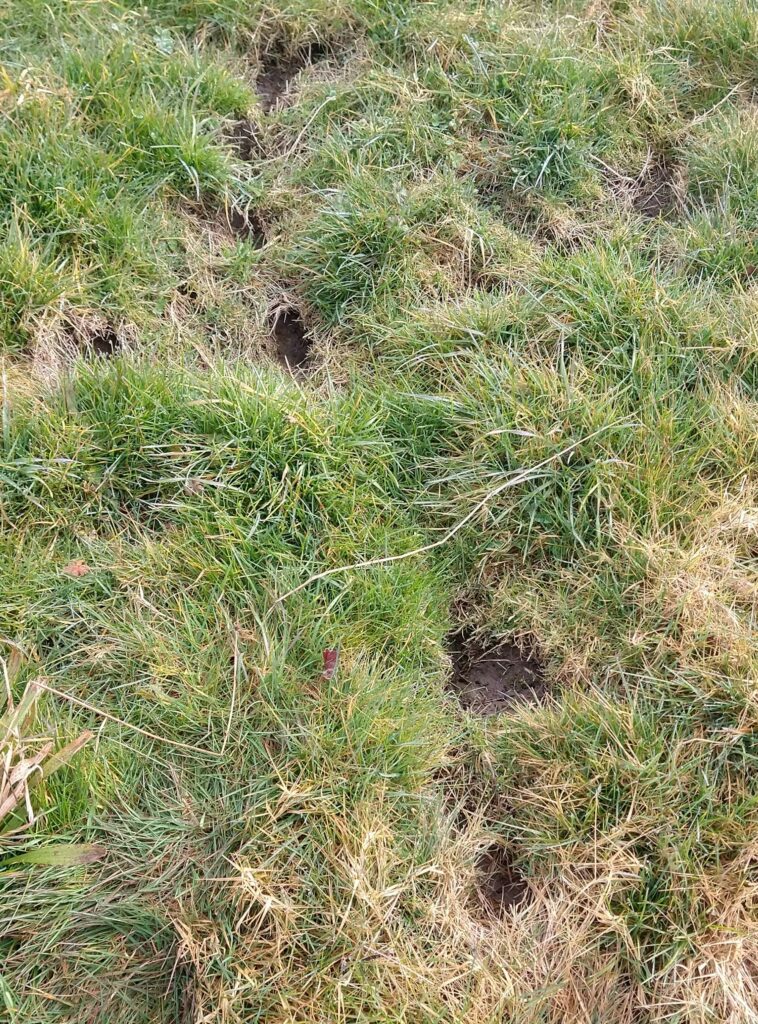We’ve started this project because we’re interested in learning how to better manage rodent pests, with a focus on voles. Voles, you say? Yes, voles. Sometimes mis-referred to as field mice, these small rodents resemble mice, but they have a distinctively shorter tail, among other, less obvious differences. The Willamette Valley’s most common vole species is the gray-tailed vole (Microtus canicaudus). Deer mice (Peromyscus maniculatus) are also common in the Valley and are often found in fields occupying the same tunnel networks as voles. They are easy to differentiate from voles because of their protruding ears and much longer tail. Although deer mice can damage crops, they are thought to be less important pests than voles. Shrews (e.g. Sorex bairdi) also inhabit the same networks at much lower levels, but they are insectivores and don’t damage crops. Their long flexible snout makes them very easy to recognize (Figure 1).

Voles are quite happy to eat a large variety of plants: grass (pasture or seed field, they don’t care), small grains, vegetables, tree bark, and many, many others. Their populations can explode in numbers and then die back, usually in a 3-to-5-year cycle. These cycles are influenced by many factors. The recent vole irruption appears to be declining in 2022. It is possible that climate change could increase the frequency and severity of vole irruptions.
Voles are a serious agricultural pest, and control options are limited, especially for certified organic farmers, who cannot use zinc phosphide (the most common rodenticide used for voles, which has its own challenges). Trapping with old-fashioned mouse traps can make an impact, but it is laborious. In this project, we are looking at whether using trained nose work dogs to assist in placing traps can make the trapping process more efficient. Trapping voles when their populations are high in the summer is usually futile. During the winter they stop reproducing and their population drops, so most control methods are more effective if the number of breeding pairs can be reduced before populations begin to explode again in the spring (i.e., March).

A vole infested field can have thousands of entrance holes per acre (Figures 2 and 3), but during the winter most of those tunnels can be empty. Dogs can search more quickly than humans and if they are well trained, they can tell their handler when there is a vole present by detecting the odor of live voles. Humans can be quite good at this by visually detecting signs of recent vole activity. Our research is essentially a race between dog and handler teams and human teams. Who can catch the most voles in the least amount of time? Our initial results seem to be showing that the dog teams are more efficient – more about that in a later post.

Financial support for this vole trapping project is from the Western Sustainable Agriculture Research and Education (SARE) program, which is supported by the National Institute of Food and Agriculture, U.S. Department of Agriculture (https://western.sare.org/).


